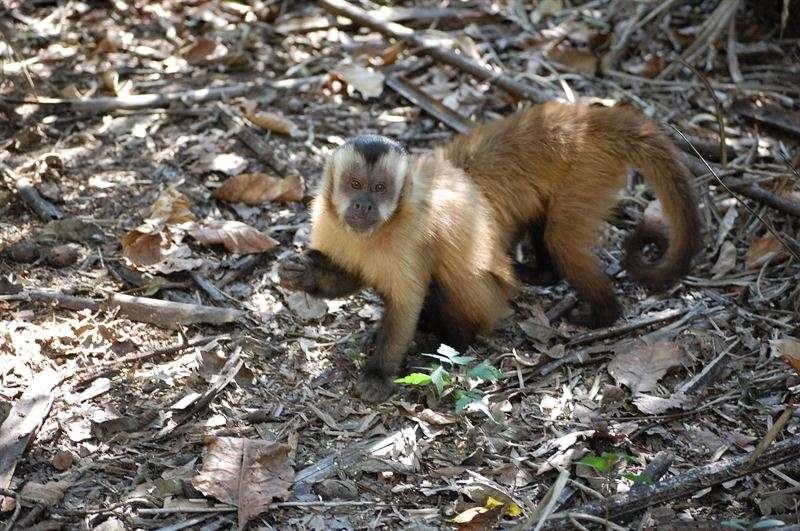People and primates share chewing adaptations

Scientists have gained insights into how primate species have evolved through space and time by studying the anatomy of their lower jaws in relation to diet.
Mammals are generally described in relation to the food they eat, however anatomical structures devoted to chewing like mandibles (which form the lower jaw and hold the lower teeth in place) appear to change very little within taxonomic groups. That is why we find humans to differ very little from the chimpanzee.
In a recent article in the journal Evolution , Dr Meloro from Liverpool John Moores University (LJMU) and collaborators from Santa Maria Federal University and the University of Naples Federico II studied chewing adaptations in a broad range of primate species (including humans) by looking at size and shape variation of their lower jaw.
By employing innovative techniques like geometric morphometrics and comparative methods they identified features that are unique to primate taxonomic groups so that little overlap occurs in functional morphology across species.
Understanding how the primate jawbones evolved across species provides important insight also on the anatomical uniqueness of our own species. Scientists find that although humans are very different from other primate species in the shape of their cranium, the lower jaw is not that different from that of our closest living relatives (the chimpanzee).
This means that in spite of our own ability to cook and process food, our chewing mechanisms did not change dramatically from that of our own ancestors. For this reason, the relative brain size appears to represent the key mechanism to understand how humans differentiated from other primates and only a close look at the fossil record can reveal when and how such a dramatic modification took place.
Although jaws are primarily used for food processing, the scientists found association between diet and mandible functional anatomy only in specific groups of primates such as New World monkeys (e.g., capuchins and howlers from South America) and strepsirrhines (lemurs, galagos and pottos). Old World primates which include also African big apes and our own species, show a stronger association between size and mandible shape which suggests a more flexible mechanisms to deal with a variety of food types.
Dr Meloro commented: We wanted to provide a broader look at how mandibles change in primates as a composite taxonomic group. In spite of its definition (from the latin mandere = to chew) mandibles change relatively little in their functional anatomy from one species to its closest ancestor suggesting that chewing food is not a primary mechanism of species differentiation .
More information: "Chewing on the trees: constraints and adaptation in the evolution of the primate mandible." Evolution, DOI: 10.1111/evo.12694
Journal information: Evolution
Provided by Liverpool John Moores University

















